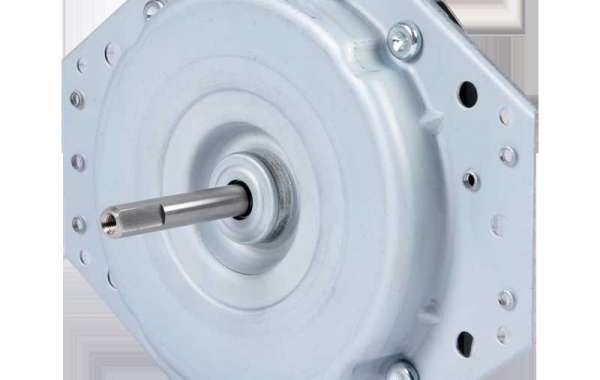As you’ll have gathered from the Samsung washing machine mentioned above, manufacturers are still coming up with new ways to make their particular models stand out from the crowd. Another brand that has a big reputation for innovation is Miele, largely because of its impressive TwinDos washing technology (pictured) that takes the guess work out of pouring in your laundry detergent and delivers fantastic cleaning results. But what other more standard features should you expect to find with a new washer?
Variable timer/delay start
One of the most common features on washing machines is a variable timer that allows you to control the duration of the washing cycle, as well as set a delayed start time. This can be useful for taking advantage of off-peak electricity rates, if you have them. Getting into the habit of setting your machine to start when electricity is cheaper could save you a tidy sum in the long-term.
Temperature control
Being able to adjust the water temperature of your wash is another useful feature. It allows you to tailor wash cycles to different fabrics that can require either the delicate wash provided by cold water, or the vigorous cleaning provided by hot water. Using cold water is usually just as good as hot water for most washes, and also saves you money by not heating up the water in the first place.
Different modes
Another common and very useful feature is washing machines having multiple modes to suit certain fabrics and wash types. Examples include dedicated cycles for bed sheets, dark or light clothes, delicate fabrics, heavily soiled articles and many more, all of which vary greatly based on manufacturer and the price of the machine.
Smart controls
Some washing machine models are pushing the boundaries of how we interact with our appliances. New control methods include touchscreen interfaces that allow for increased customisation – a big improvement over standard mechanical controls of the past. Some top of the range washing machines even allow the user to control the unit remotely via a compatible smartphone – Samsung washing machines being the most prominent example. Smart controls can be useful for starting a load of washing before you arrive home, or to adjust the washing cycle after you have left the house – though automatic collection of your dirty laundry is probably some years away!
Quality of materials – plastic or porcelain vs stainless steel
A feature which is heavily dependent on price and general build quality is the material of the washing drum. This is the most heavily used part of a washing machine, so the better the materials, the longer it should last. Cheap washing machines often have reinforced plastic or ceramic drums, whereas those of higher-end models are built from sturdier stainless steel.
Drive type
Modern washing machines drive their rotating drum in one of two ways – directly via an attached motor, or indirectly using a belt that connects the motor to the drum. A direct drive system has fewer moving parts and is therefore less prone to failure and noise, and also has greater control of the drum which allows for quick adjustments and different cycle options. The downside is that the motor needs to be specially designed to fit the washing machine’s size and capacity to provide the right amount of power, which can result in higher prices.
Owning a washing machine is no longer considered a luxury. More and more people are choosing to buy washing machines. We hope this guide helped you choose the correct washing machine for your requirements. Stay tuned to Washer Motors for more Washing Machines Features or parts of washing machine, such as Washer Motors | Washing Machine Motors














